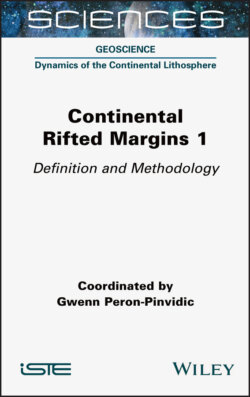Читать книгу Continental Rifted Margins 1 - Gwenn Peron-Pinvidic - Страница 24
Case example: The Congo Basin
ОглавлениеThe Congo Basin is a large, circular intracratonic sedimentary basin located in Central Africa (Figure 1.11) (Giresse 2005; Kadima et al. 2011; Watts et al. 2018). The depth of the lithosphere–asthenosphere boundary is modeled at 220 ± 30 km (Crosby et al. 2010). The basin is composed of at least three sub-basins separated by ~100 km wide basement ridges. The dimensions of the tilted basement blocks are unusually wide, theorized to be a result of the cold thermal gradients and thus higher strength of the brittle lithosphere (Foster and Nimmo 1996). The average sedimentary thickness is about 4 km, but up to 9 km of sedimentary rocks have been observed locally. The stratigraphic record spans 0.55 Ga, starting from the late Pre-Cambrian, and the basin is still subsiding today (Daly et al. 1992). The drilled stratigraphic sequences show consistently lagoonal and shallow-marine environments, with some truncation events that are correlated to far-field tectonic events (Daly et al. 1992). No magmatism has been reported, except at Early Cenozoic times with the emplacement of kimberlites at the borders of the basin.
